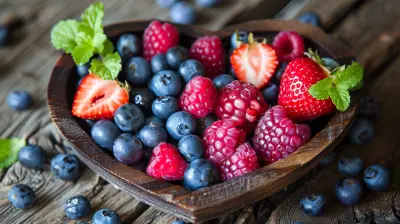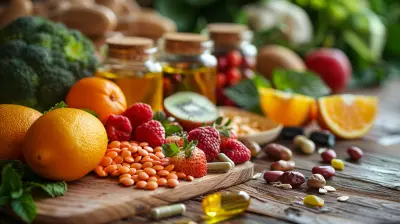The Role of Antioxidant Vitamins in Reducing Inflammation
8 October 2025
There’s a lot of buzz around inflammation these days. From joint pain and bloating to chronic illnesses like arthritis and heart disease, inflammation seems to be at the root of it all. But what if I told you that something as simple as the vitamins you get from food could help dial it down?
Yep, we're talking about antioxidant vitamins. They’ve been getting quite the spotlight—and not just for glowing skin or boosting immunity. They play a powerful role in reducing inflammation across the body. Let’s unpack how this works and what you can do to get more of these inflammation-fighting heroes into your daily routine.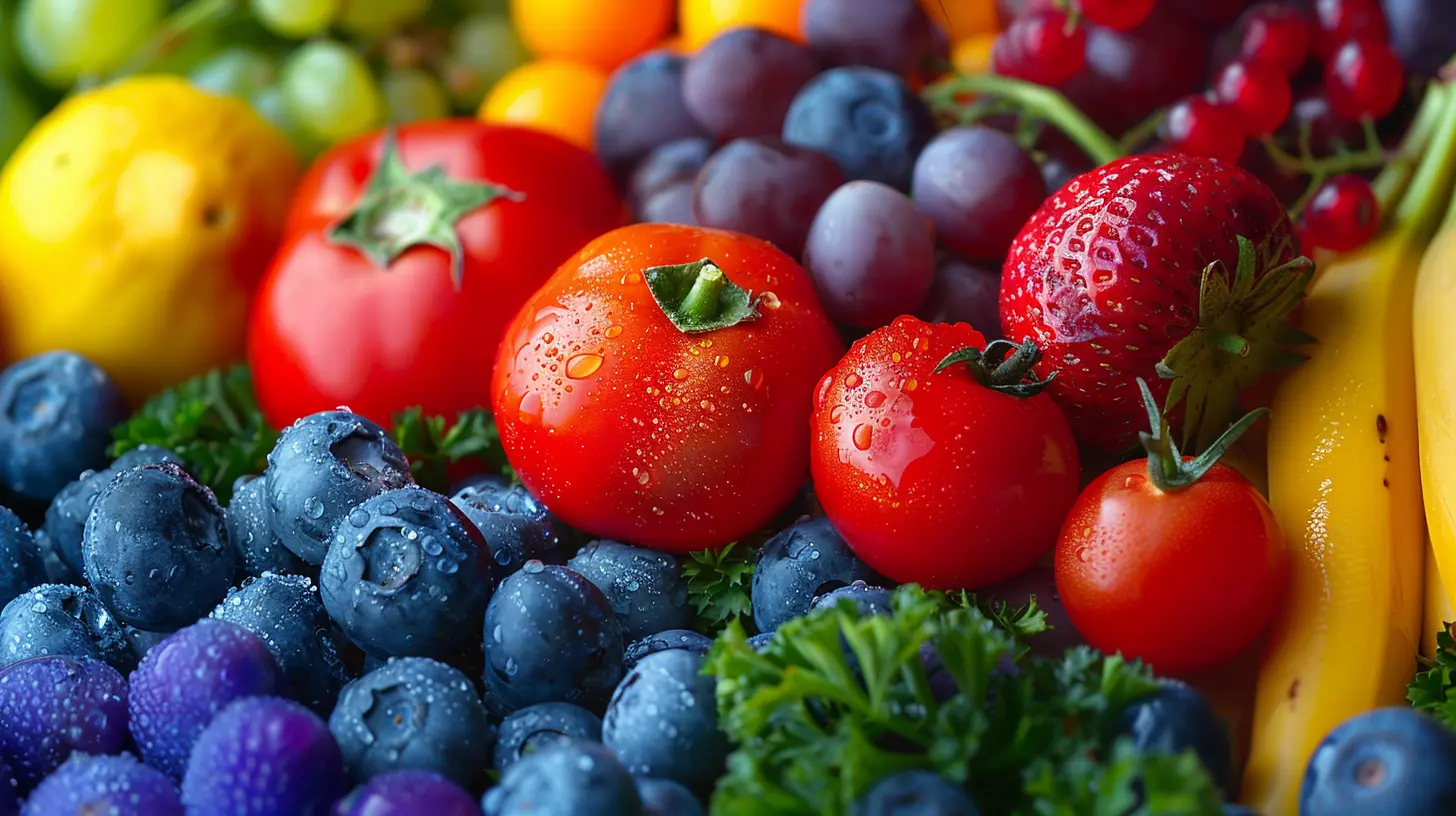
What Is Inflammation, Anyway?
Before we jump into the antioxidant action, let’s get a grip on what inflammation really is.So, inflammation isn’t all bad. In fact, it’s your body’s natural defense mechanism. Think of it like your internal 911 call. When you get a cut or a sprain, your immune system rushes to the scene with white blood cells and other defenders to start the healing process. That’s called acute inflammation – and it’s totally normal.
Now, here’s the kicker: when inflammation sticks around long after it’s needed, it becomes chronic. This kind of inflammation simmers under the surface, sometimes without obvious symptoms, and can damage your tissues and organs over time. That’s where things start going south—heart disease, diabetes, obesity, autoimmune disorders, and more.
So, where do antioxidant vitamins fit into all this? Glad you asked.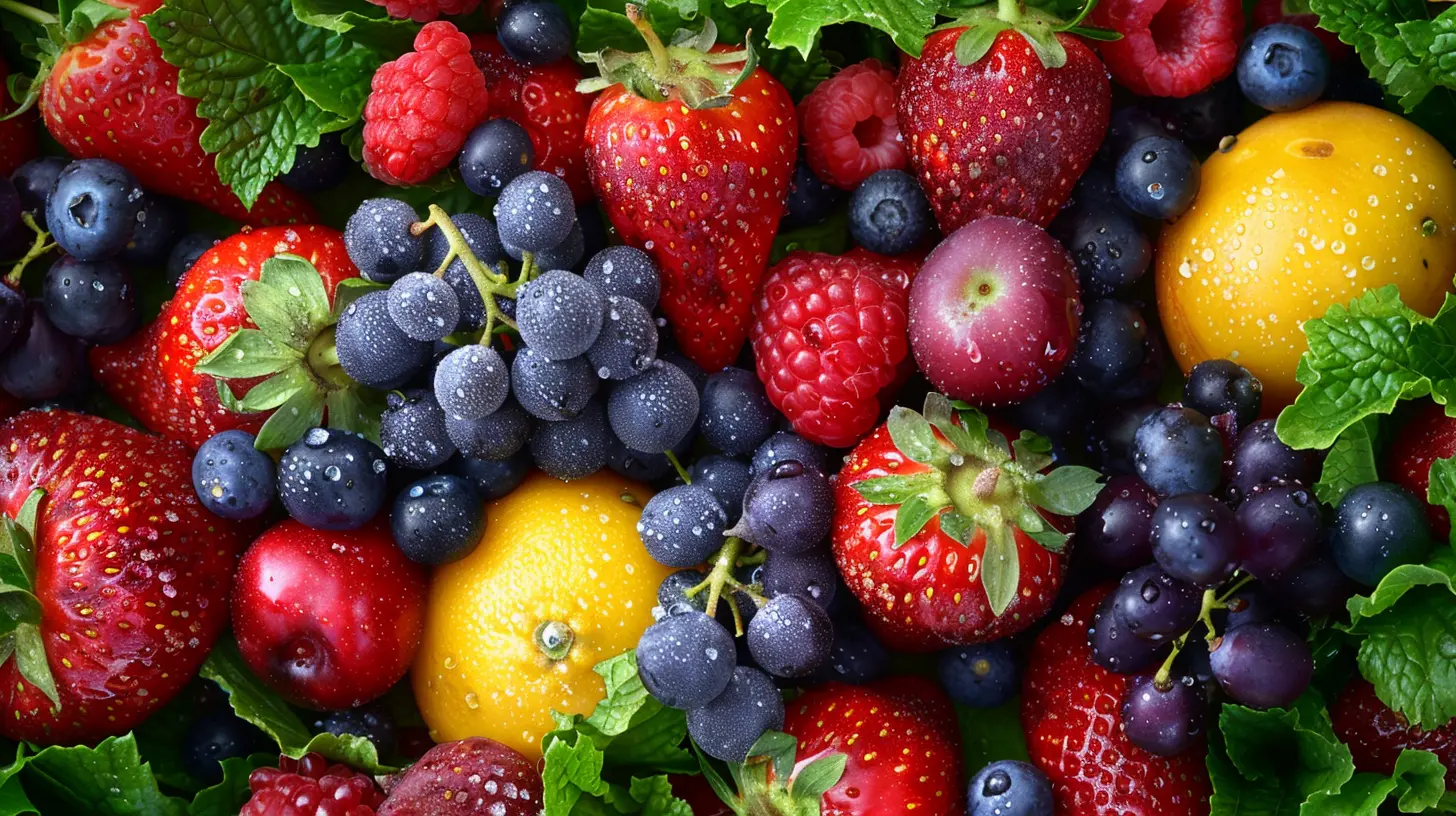
What Are Antioxidant Vitamins?
The term “antioxidant” gets tossed around a lot. But what does it actually mean?In simple terms, antioxidants are like the body’s cleanup crew. They fight off unstable molecules called free radicals. These tiny troublemakers can damage cells and spark inflammation if left unchecked.
Antioxidant vitamins are nutrients that neutralize these free radicals, helping to reduce or even prevent the kind of cell damage that leads to chronic inflammation. Pretty cool, right?
The three big stars in the antioxidant vitamin world are:
- Vitamin A
- Vitamin C
- Vitamin E
Let’s break them down and see how each one helps smother the inflammatory fire.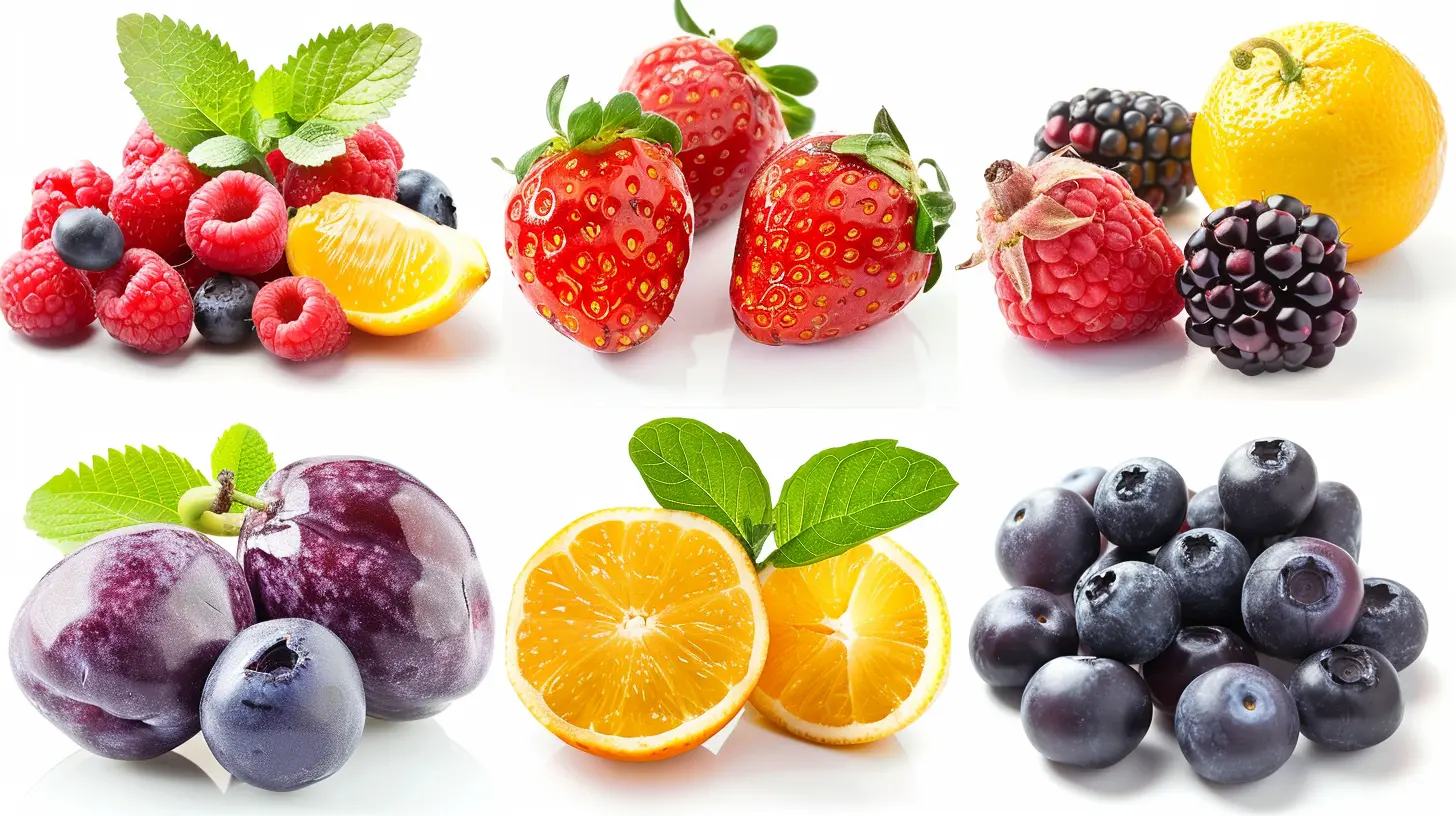
Vitamin A: The Unsung Hero
Vitamin A often gets credit for keeping our vision sharp (which it does), but it’s also a strong anti-inflammatory vitamin.How It Works
Vitamin A helps regulate the immune system, making sure it doesn’t go into overdrive. You see, in cases of chronic inflammation, the immune system can go a little haywire, attacking healthy tissues. Vitamin A steps in like a wise coach, calming down unnecessary responses and maintaining a balanced immune reaction.It also supports the integrity of your gut lining, which is key. A healthy gut barrier keeps inflammatory triggers—like certain bacteria or toxins—from leaking into your bloodstream.
Where to Get It
Vitamin A comes in two forms: preformed vitamin A (from animal products) and provitamin A carotenoids (from plant foods).- Animal sources: liver, eggs, dairy (cheese, milk)
- Plant sources: carrots, sweet potatoes, spinach, kale, red bell peppers
If you’re thinking about going heavy on carrots – you’re on the right track.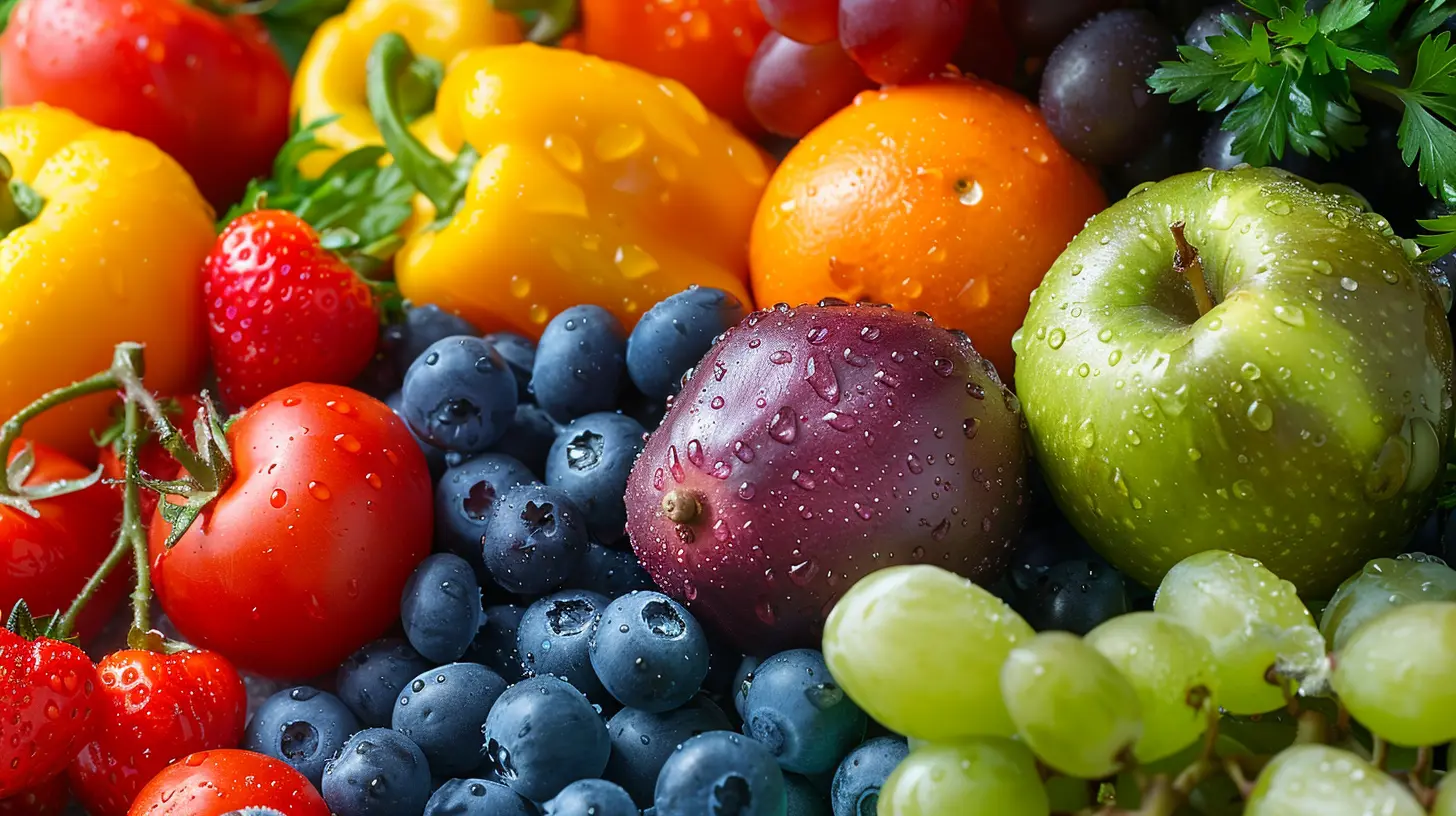
Vitamin C: The Anti-Inflammatory Powerhouse
When people think of Vitamin C, they usually picture orange juice and cold remedies. But it does so much more than that.How It Works
Vitamin C is one of the most potent antioxidants out there. It scavenges free radicals like a champ and helps regenerate other antioxidants in your system.It’s also known to reduce levels of C-reactive protein (CRP), a marker of inflammation in the body. Lower CRP levels = lower inflammation.
Plus, it’s critical for collagen production, which helps maintain healthy joints, skin, and blood vessels—all places where inflammation can wreak havoc.
Where to Get It
You’ll find Vitamin C in all sorts of fruits and veggies, especially the colorful ones.- Citrus fruits (oranges, lemons, grapefruits)
- Strawberries
- Kiwi
- Bell peppers
- Broccoli
- Brussels sprouts
Pro tip? Vitamin C is water-soluble and sensitive to heat, so try to eat these foods raw or lightly cooked.
Vitamin E: The Cell Protector
Vitamin E might not be as famous as Vitamin C, but when it comes to inflammation, it’s just as important.How It Works
Vitamin E is fat-soluble, which means it gets stored in your body. It works by protecting cell membranes from free radical damage. Think of it as a bodyguard for your cells.There’s also evidence that Vitamin E can reduce levels of certain inflammatory markers like interleukin-6 (IL-6) and tumor necrosis factor-alpha (TNF-α), which are big players in chronic inflammation.
Where to Get It
Vitamin E is mainly found in fatty plant-based foods.- Nuts and seeds (almonds, sunflower seeds, hazelnuts)
- Vegetable oils (sunflower oil, wheat germ oil)
- Green leafy vegetables (spinach, Swiss chard)
- Avocados
A handful of almonds a day? Not just tasty—super beneficial.
The Synergy Between Antioxidant Vitamins
Here’s the thing—these vitamins don’t work in isolation. They’re like a team. When you regularly consume all three (A, C, and E), they support each other and amplify their anti-inflammatory effects.For example, Vitamin C helps regenerate Vitamin E after it neutralizes a free radical. That’s teamwork!
That’s why a balanced, whole-food diet beats taking random supplements in isolation. Nature has a way of packaging nutrients just right.
How Antioxidant Vitamins Help Specific Inflammatory Conditions
Let’s zoom in and look at how antioxidant vitamins help with real-world problems.1. Arthritis
People with rheumatoid arthritis often have low levels of these vitamins in their blood. Supplementing with Vitamins C and E has shown to reduce joint pain and swelling by curbing oxidative stress.2. Heart Disease
Chronic inflammation of blood vessels adds to plaque buildup, a major risk factor for heart attacks. Antioxidants protect these vessels and reduce CRP levels, helping to keep your ticker healthy.3. Skin Conditions
Inflammatory skin problems like eczema, psoriasis, and acne can be triggered or worsened by oxidative stress. A combo of A, C, and E helps improve skin texture, reduce redness, and support healing.4. Brain Fog and Cognitive Decline
Oxidative stress and inflammation in the brain have been linked to issues like depression, anxiety, and Alzheimer’s. Antioxidant vitamins may slow this process and boost brain health.Can You Get Too Much of a Good Thing?
Before you rush to the supplement aisle, hold up.While it’s hard to overdose on vitamins from food, high doses of supplements (especially Vitamin A and E) can be toxic. Too much Vitamin A, for instance, can affect your liver and even cause birth defects in pregnant women.
If you're thinking about supplements, talk to a healthcare provider first. Whole foods are a much safer bet.
Practical Tips to Eat More Antioxidant Vitamins
Adding more antioxidant-rich foods doesn't mean overhauling your entire diet overnight. Here are some easy wins:- Add a handful of berries to your morning oatmeal or smoothie.
- Snack on a small mix of almonds and dried apricots.
- Toss some spinach or bell peppers into your pasta or stir-fry.
- Use avocado oil or extra virgin olive oil in salad dressings.
- Have orange slices or a kiwi for a midday snack.
Think rainbow. The more colorful your plate, the better your antioxidant intake.
Final Thoughts
Inflammation may sound scary, but it doesn’t have to run your life. Antioxidant vitamins—A, C, and E—are like nature’s own defense squad. They work behind the scenes to clean up the mess that leads to chronic problems.And the best part? You don’t need to buy fancy supplements or superfoods. Just build your meals around fresh, colorful, whole foods and you’re already winning.
So the next time you reach for those bright fruits and leafy veggies, give yourself a high five. You’re not just eating healthier—you’re actually turning down the heat on inflammation.
all images in this post were generated using AI tools
Category:
VitaminsAuthor:

Eileen Wood
Discussion
rate this article
1 comments
Owyn Heath
Thank you for this insightful article! Antioxidant vitamins truly empower our health and reduce inflammation.
October 17, 2025 at 3:34 AM

Eileen Wood
Thank you for your kind words! I'm glad you found the article insightful. Antioxidant vitamins play a crucial role in supporting our health.
